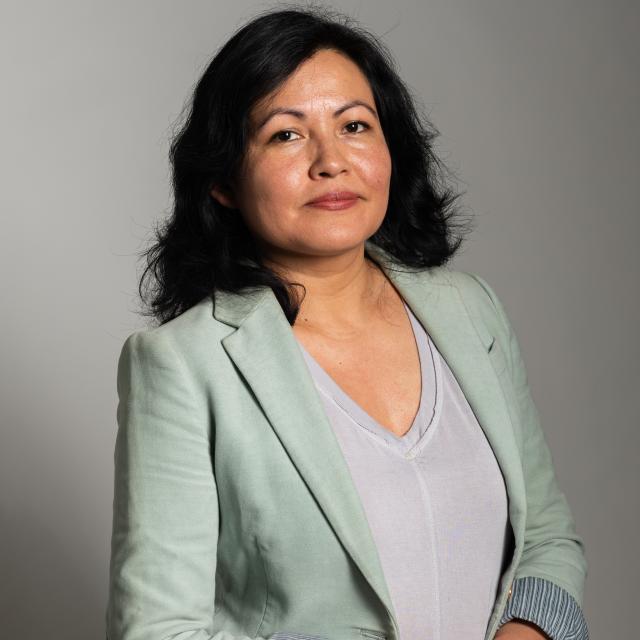My research examines interrelations between social categories and language use, emphasizing how language intersects with social and discursive practices in the Peruvian society. Despite the country’s multicultural and multilingual diversity, interpersonal interactions are constantly marked by racial ideologies. In a phenomenon that can be observed throughout Latin America, racialization of language is one of those markers of differentiation. In Peru, Andean Spanish is a contact variety between Spanish and Quechua, an indigenous language. Urban speakers of the standard variety usually mocked the Andean variety in daily interactions. Hence, language diversity or being perceived as a speaker of a language other than standard Spanish, signals conflicting interactions in Peruvian society.
In my book entitled Identidades del español andino: estudio sociolingüístico (Lima: Pakarina-Universidad Nacional Mayor de San Marcos, 2020), I use the tools and methods of sociolinguistic analysis to show how the sociolinguistic practices and language attitudes toward the indigenous languages highlight global processes changing and restructuring new transnational identities in the Peruvian Andean communities.


